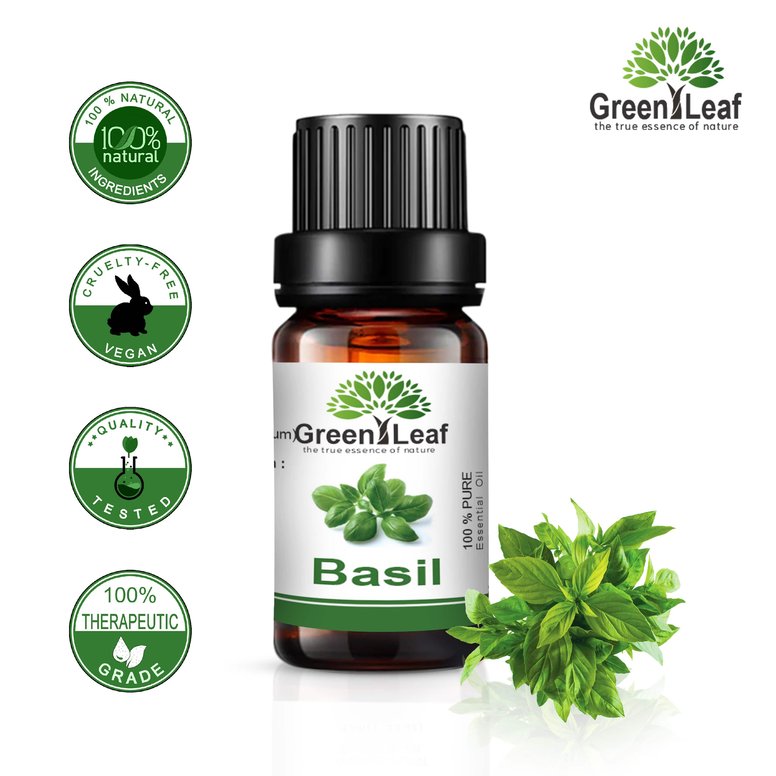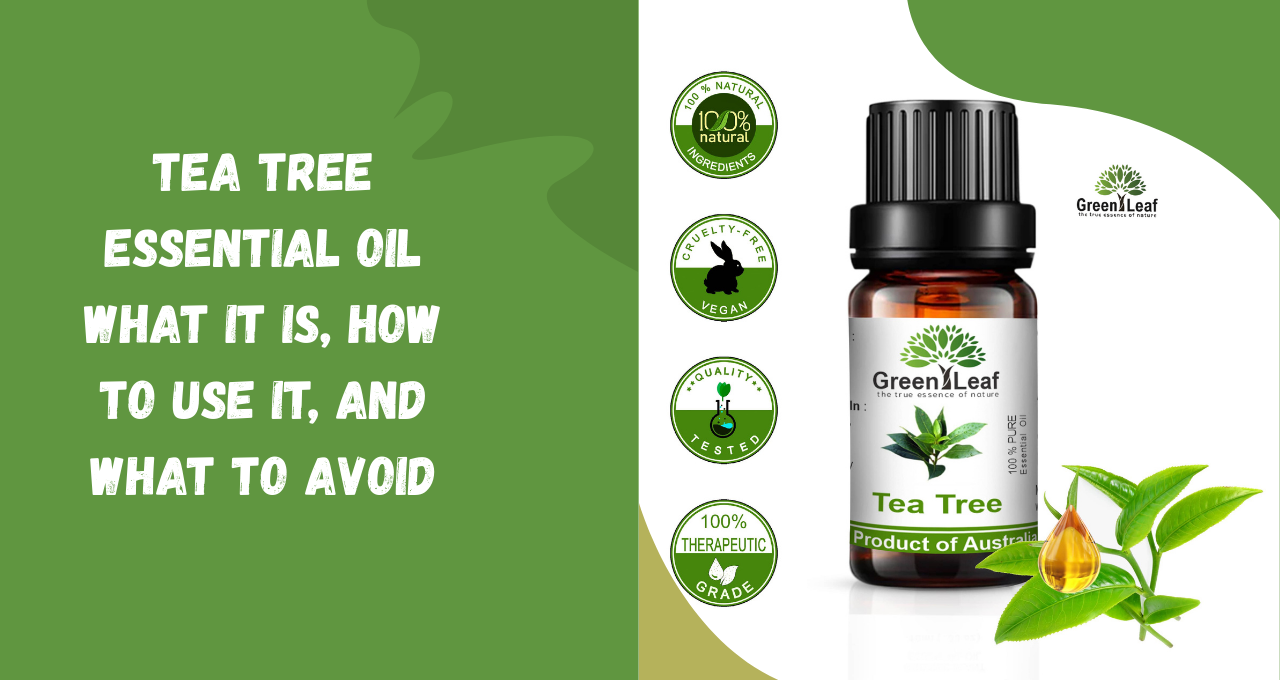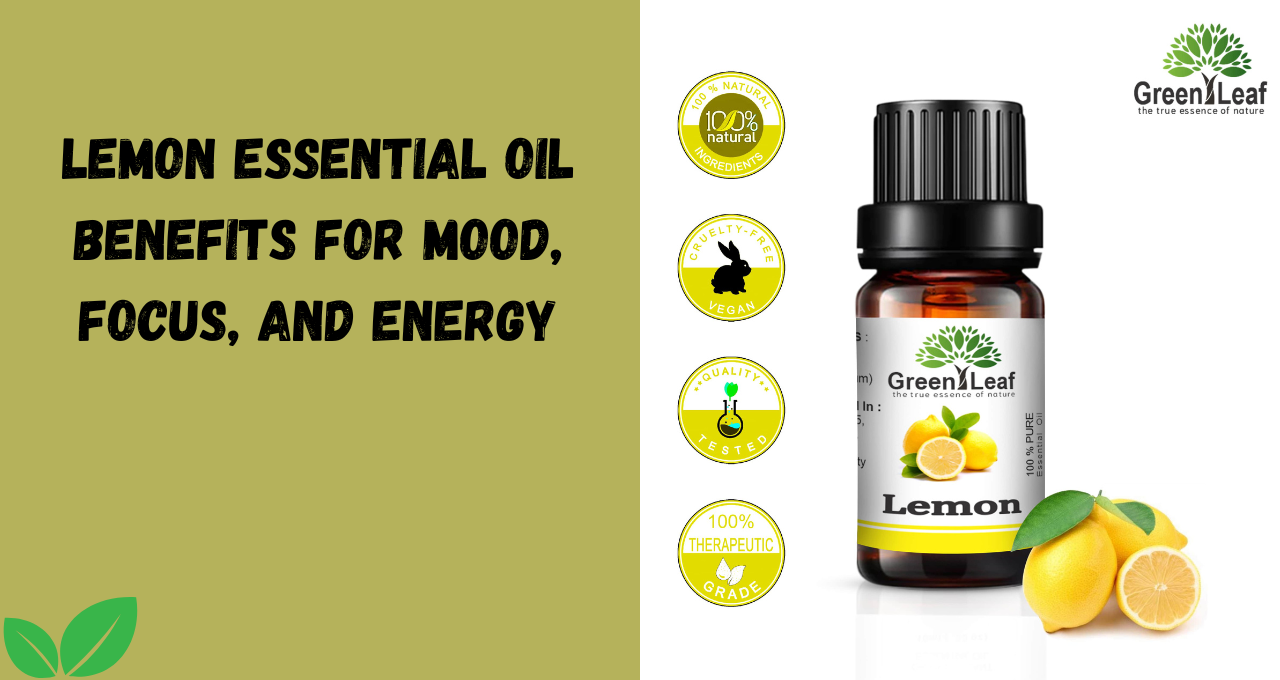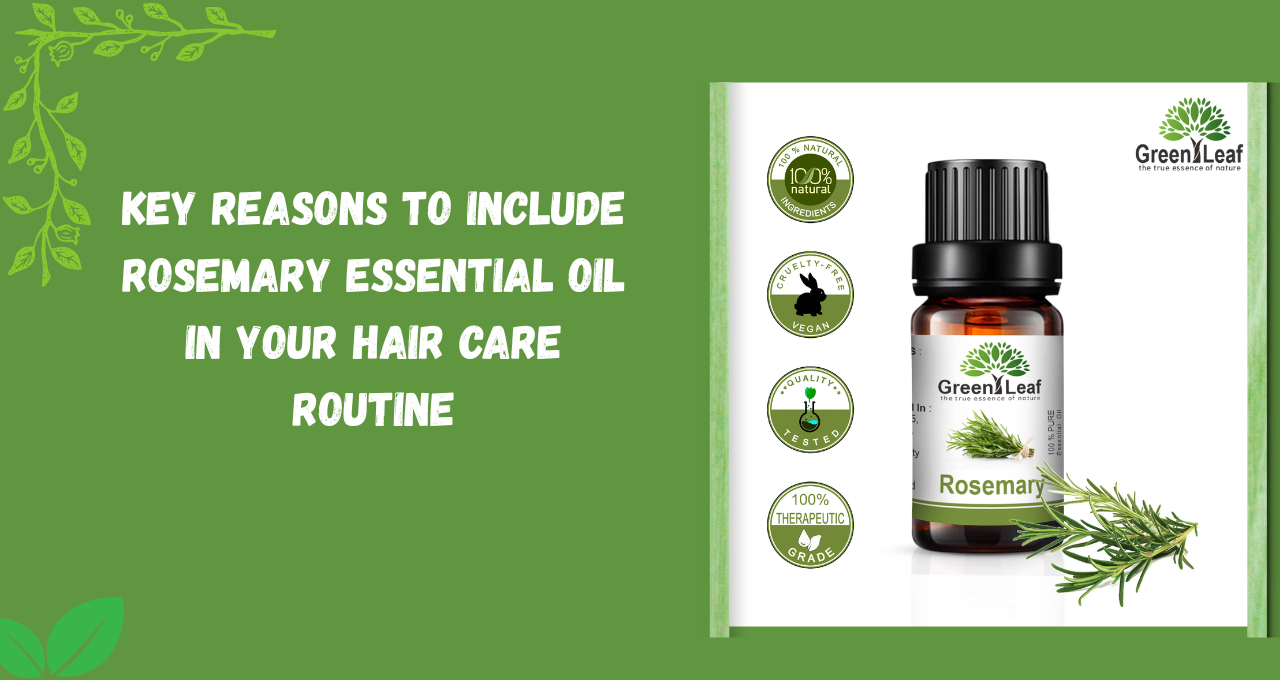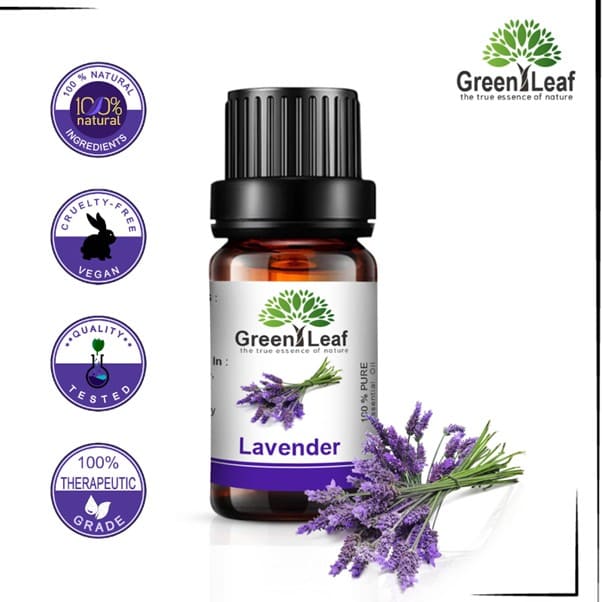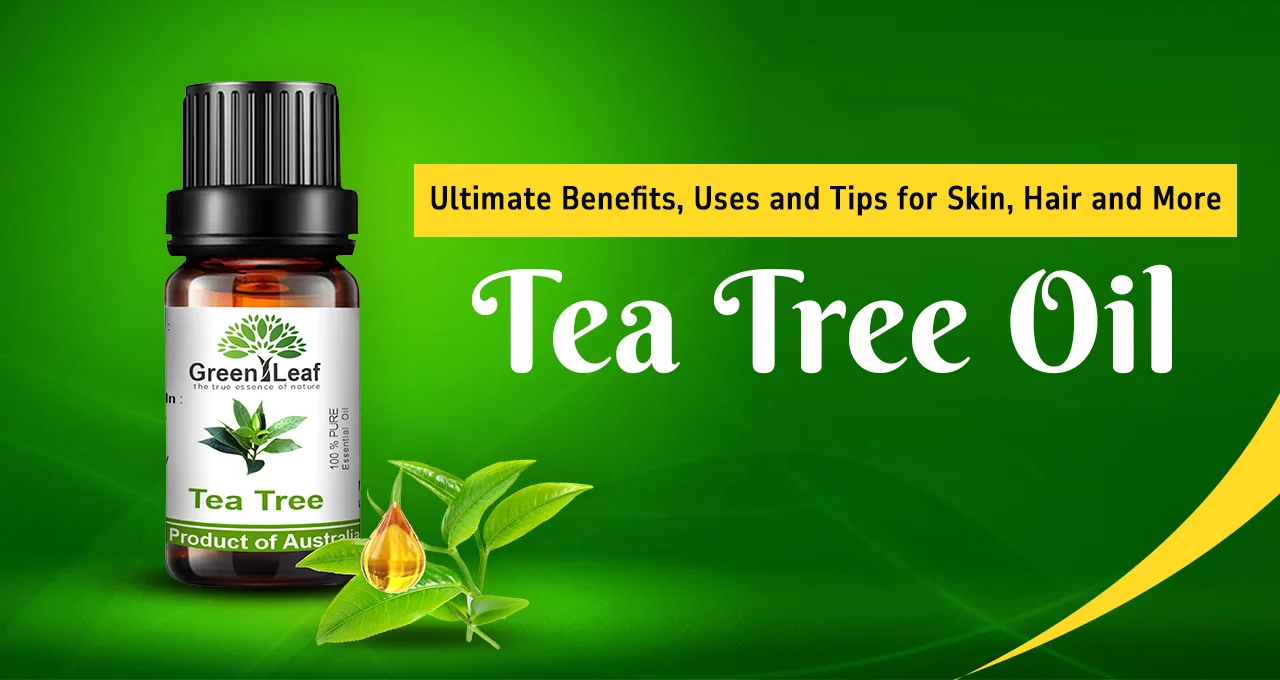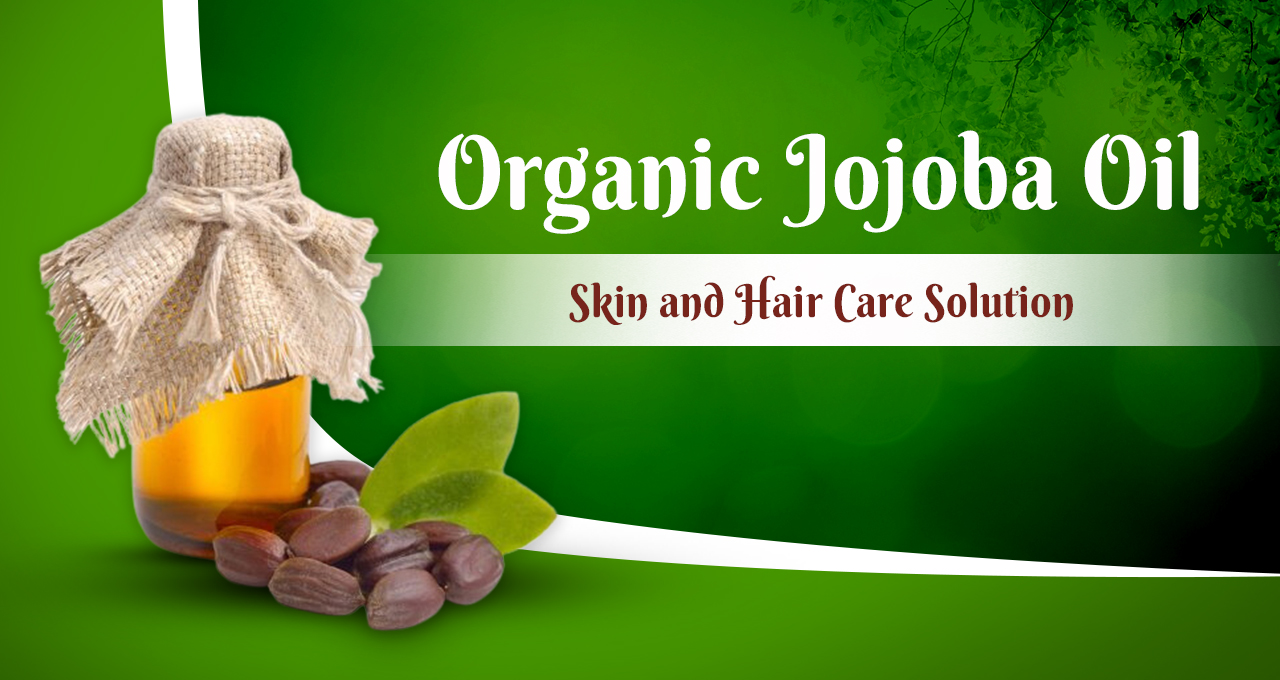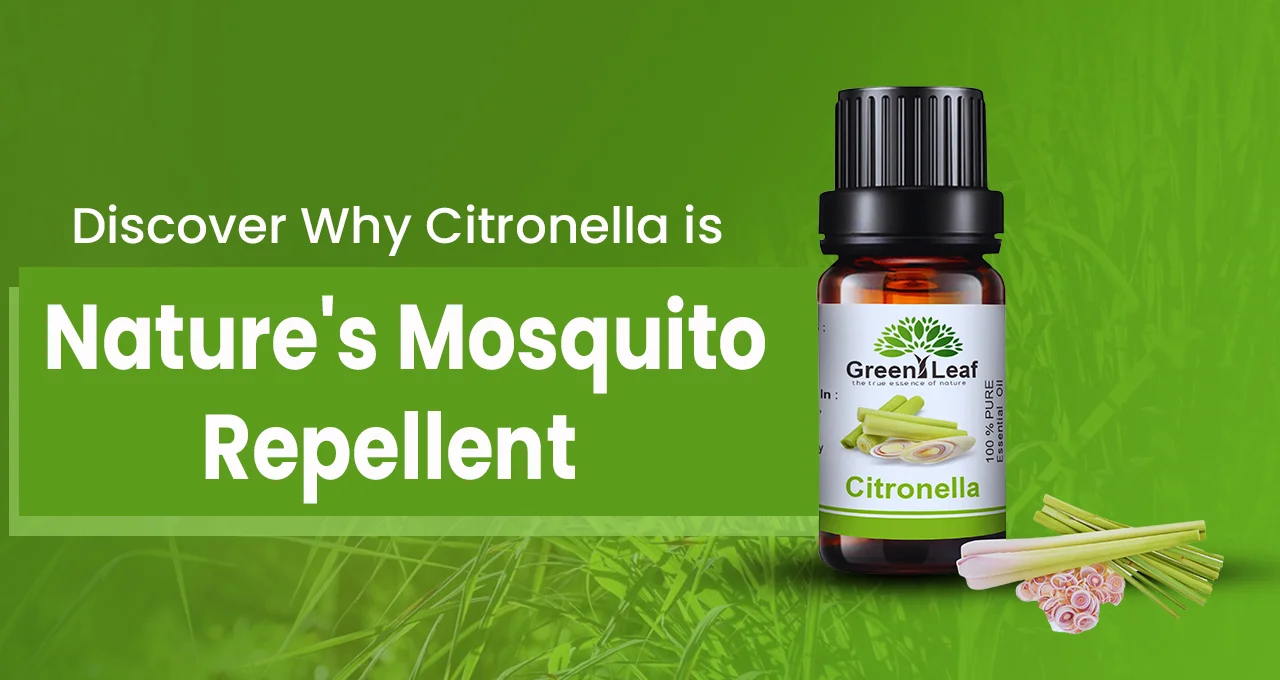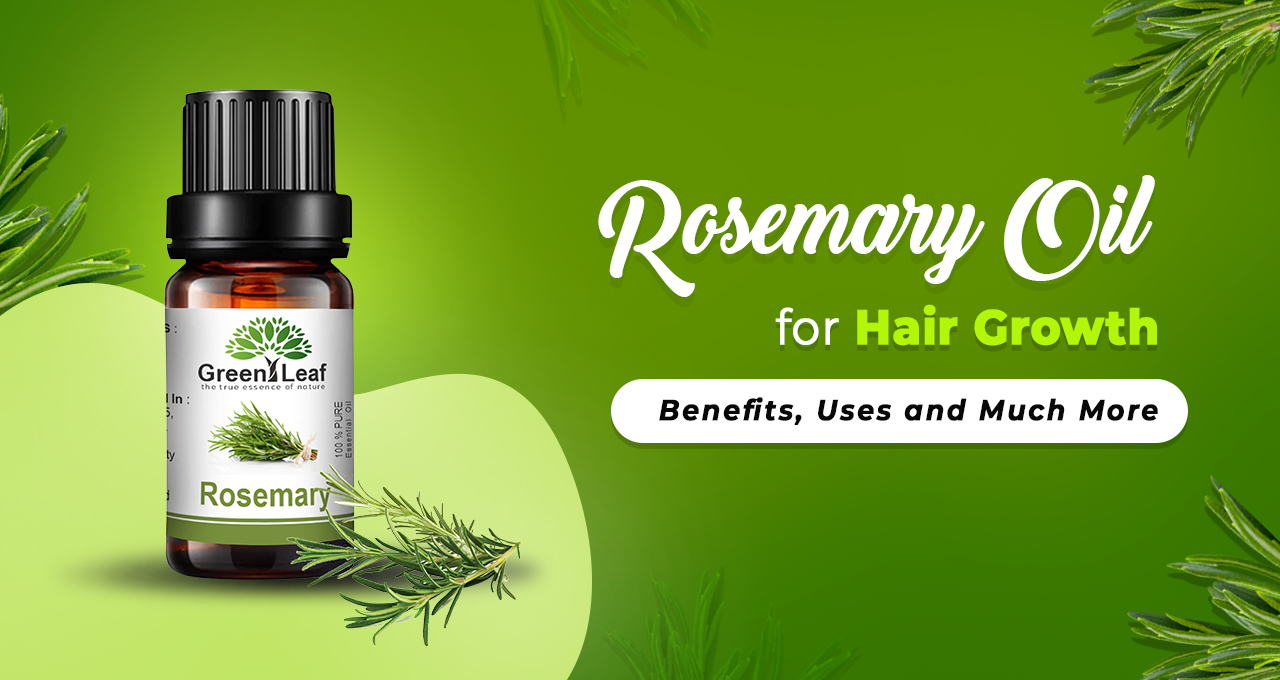Here Why Peppermint Essential Oil Deserves a Spot in Your Wellness Kit
.png)
When most people think of peppermint essential oil, they often associate it with a refreshing scent or a quick boost in a diffuser. But this powerful oil offers far more than just a pleasant aroma. In fact, its benefits stretch across multiple aspects of wellness—both mental and physical. From helping to improve focus and clarity during a long day to easing sore muscles after a workout, and even supporting healthy digestion, peppermint essential oil is a versatile addition that often flies under the radar.
It’s also gaining attention for its potential in personal care routines, especially in areas like scalp care and tension relief. With increasing interest in natural wellness products, peppermint oil uses are being rediscovered and appreciated by people looking for effective, plant-based solutions. So if you're building or upgrading your wellness kit, this oil is worth a second look. Here's a breakdown of why it deserves that spot. What Is Peppermint Essential Oil and How Is It Made?
Peppermint essential oil is extracted from the leaves of the peppermint plant, a hybrid of watermint and spearmint. It is most commonly obtained through steam distillation, which preserves its natural compounds, mainly menthol and menthone. These ingredients are what give the oil its cooling effect and therapeutic properties.
Menthol, in particular, is known for its ability to relax muscles and stimulate the senses, making it a go-to oil in aromatherapy, skin care, and even household cleaning. Popular Peppermint Oil Uses
Here are some everyday peppermint oil uses:
Aromatherapy and Focus: Diffuse peppermint essential oil during work or study sessions. The scent can help increase alertness and reduce fatigue.
Muscle Relief: Mix a few drops with a carrier oil of your choice and massage into sore muscles. Its cooling effect provides relief from stiffness.
Headache Support: Peppermint oil for headaches has always worked wonders; just apply it to the temple or the back of the neck. The menthol can help reduce tension and discomfort.
Digestive Aid: When diluted and applied to the abdomen, it may ease bloating and indigestion.
Insect Repellent: Its strong scent acts as a natural deterrent for mosquitoes and ants.
These examples show how peppermint essential oil can seamlessly fit into a daily wellness routine.
Peppermint Oil and Hair: Can It Promote Growth?
Yes, recent interest in peppermint oil hair growth has made it popular in natural hair care. Here’s how it helps:
Stimulates Blood Flow: The menthol boosts circulation in the scalp, which can encourage hair follicles to grow stronger and healthier strands.
Balances Scalp Oil: It helps regulate oil production, keeping the scalp clean and less prone to dandruff.
Soothes Itching: The cooling effect reduces scalp irritation and itchiness, especially helpful for those with dry scalps.
To use, add a few drops to your shampoo or dilute with a carrier oil for a scalp massage. Always avoid applying undiluted essential oil directly to the scalp. Peppermint Essential Oil in Daily Life: Simple Ways to Use It
If you're new to essential oils, here are some easy ways to make peppermint essential oil a part of your routine:
In the Shower: Add a few drops to the floor of your shower. The steam will release the aroma, helping you wake up and clear your nasal passages.
As a Natural Room Spray: Mix with water and alcohol in a spray bottle for a fresh-smelling room mist.
In DIY Cleaners: Add to homemade surface sprays for a minty, germ-fighting boost.
Post-Workout Cool Down: Blend with a carrier oil and apply to sore areas to speed up muscle recovery.
Foot Soak: Add a few drops to warm water for a relaxing, deodorising foot bath. How to Use Peppermint Essential Oil Safely?
Like any essential oil, peppermint essential oil must be used with care:
Always dilute with a carrier oil (like coconut or jojoba) before applying to the skin.
Avoid using it near the eyes or broken skin.
Do a patch test before first use to check for sensitivity.
Not recommended for infants or very young children due to menthol’s potency.
At Greenleafoil, we aim to provide safe, natural wellness products that work—and peppermint essential oil is one of our favorites for good reason. No matter if you're aiming to sharpen your focus, relieve tension, improve digestion, or support scalp health, with safe usage and proper guidance, this oil can become a small but mighty part of your routine.
FAQs
Can I ingest peppermint essential oil?
Some people use food-grade peppermint essential oil internally, but it should only be done under professional guidance. Not all oils are safe for ingestion, and incorrect use can cause serious harm.
Is peppermint oil safe for pets?
No, peppermint essential oil is not considered safe for pets, especially cats and dogs. It can be toxic if inhaled or ingested. Always consult a veterinarian before using essential oils in spaces shared with pets.
How often can I use peppermint oil for headaches?
You can use peppermint oil for headaches 1–2 times a day, applied topically (diluted) to the temples or neck. Avoid overuse, and if irritation occurs, discontinue use.
Can peppermint oil be used during pregnancy?
Pregnant women should consult their doctor before using any essential oil, including peppermint essential oil, as it may not be suitable in all stages of pregnancy.
How long does peppermint oil last once opened?
When stored in a cool, dark place with the cap tightly sealed, peppermint essential oil typically stays effective for 1 to 2 years. Oxidation may reduce its benefits over time.

